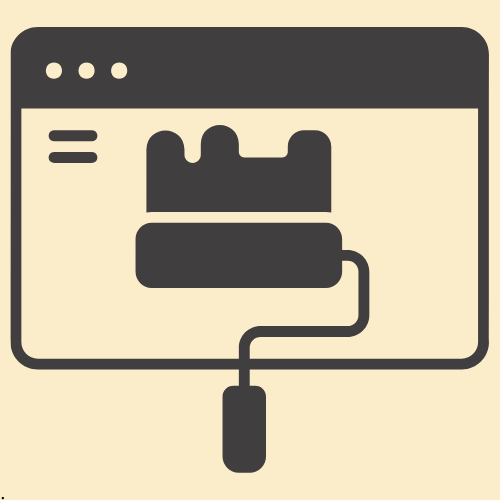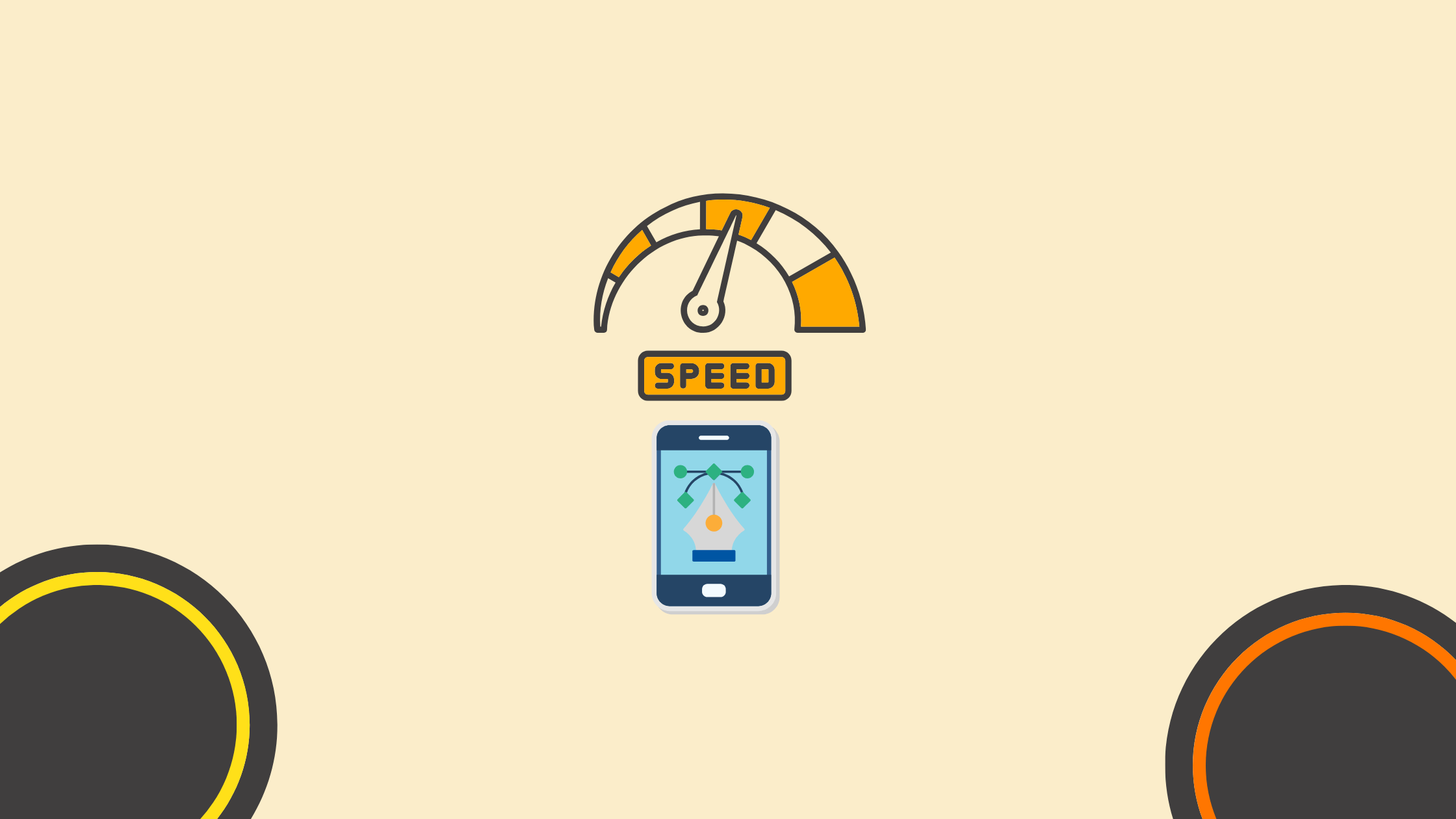How to Plan A Website Redesign Without Losing Traffic

Redesigning a website can feel exciting because it brings a fresh look and better features. It can also be stressful, since a poorly planned redesign may cause your site to lose traffic. When traffic drops, it often means fewer visitors, leads, and customers.
This risk makes many people hesitate before taking on such a project.
The truth is that with careful planning, a redesign can help your site grow without harming the visibility you already have.
Chapters
Why Website Redesigns Can Hurt Traffic

Many websites lose traffic after a redesign because important details get overlooked. Search engines use your content, page structure, and links to understand and rank your site. When these elements suddenly change, search engines may get confused and your rankings can slip.
For example, if popular pages are deleted without proper redirects, users and search engines run into broken links. If you change headings or page titles too much, search engines may no longer see your content as relevant for certain keywords. Even altering the web interface or navigation can make it harder for search engines to figure out which pages are most important. Knowing these risks will help you avoid them.
Set Clear Goals Before You Start
A redesign should always start with clear goals. Ask yourself what you want the new site to achieve. Common goals include better user experience, faster load time, modern branding, and improved conversion rates.
When goals are clear, it is easier to make the right choices. For example, if the main goal is speed, you will need to focus on reducing heavy scripts and improving visual stability so pages load smoothly. If the goal is stronger branding, the design and color scheme should highlight your brand identity while keeping your current search visibility.
Sometimes these goals require more expertise than you have in-house. In such cases, hiring a web design and digital marketing agency can make the process easier. Agencies like Smartly Done specialize in creating redesign strategies that protect SEO while improving design, usability, and branding. With the right partner, you can avoid costly mistakes and ensure your redesign supports long-term growth.
Review Your Current Website
Before changing anything, take a close look at how your current website performs. This step shows you what is already working and what should not be touched.
- Traffic sources: Identify which pages bring in the most visitors.
- Top keywords: Check which keywords rank well and drive steady traffic.
- Backlinks: See which pages have strong backlinks, since these carry a lot of SEO value.
- Technical performance: Review performance metrics like loading speed, mobile friendliness, and crawl errors.
For instance, if a blog post brings in thousands of visitors every month, do not change its URL. If you must change it, plan a redirect that points the old address to the new one. This way, search engines and visitors can still find it.
Plan Your Site Structure Carefully

The way your site is organized has a direct impact on both users and search engines. A redesign often involves changes to menus and navigation, which can either help or hurt your SEO.
Create a sitemap before you launch the redesign. This sitemap should show all categories, subcategories, and important pages. Keep the structure simple. Visitors should not have to click more than a few times to reach the information they want.
For example, if your blog posts used to be easy to access under “/blog,” do not bury them under a complex new menu. If they become hard to find, search engines may not index them as well, and readers may stop visiting. Using a content management system can make it easier to organize pages into a clear structure and maintain them in the long run.
Keep URLs Stable or Redirect Them
One of the most common reasons websites lose traffic after a redesign is because URLs change. Think of URLs like street addresses. If the address changes and there is no forwarding, people will not find the house.
Whenever possible, keep the same URLs. If you must change them, set up 301 redirects. This type of redirect tells search engines that the page has permanently moved and transfers most of its SEO value to the new link.
For example, if “/services/web-design” becomes “/our-services/website-design,” a 301 redirect should connect the old page to the new one. Without it, visitors may hit a dead end and search engines may treat the page as lost.
Protect and Improve Your Content
Content is one of the most important factors in SEO. During a redesign, content often gets rewritten or trimmed down. If you are not careful, this can weaken your rankings.
- Keep valuable keywords: Hold onto the keywords that already rank well.
- Update information: Refresh outdated details, but avoid deleting entire sections unless they no longer matter.
- Review metadata: Make sure title tags, descriptions, and headers remain intact.
For example, if a page ranks well for “affordable wedding photography,” avoid removing the phrase completely. Instead, keep it naturally in the content while improving the overall writing for clarity and flow. A strong content strategy will ensure new and old content work together to support your rankings.
Pay Attention to Mobile and Speed

More people browse on their phones than ever before, and search engines reward sites that load quickly. A redesign is a chance to improve both speed and mobile usability.
- Responsive web design: Ensure your site adapts to any device or screen size.
- Optimized images: Use compressed images so pages load faster without losing quality.
- Mobile-first design: Prioritize the mobile experience during development instead of treating it as an afterthought.
For example, if your homepage takes six seconds to load on a phone, most visitors will leave before seeing it. Fast sites with responsive layouts keep people engaged and help search engines rank you higher. Smooth interactive elements such as buttons or menus can also make the customer journey more enjoyable.
Test Everything Before Launch
Never make your redesigned site live without testing it first. A staging environment, which is a private copy of your website, is the safest way to test.
In this stage, check for broken links, missing redirects, or design errors. Run SEO tools to confirm that metadata, headings, and structure are still in place.
Testing also helps confirm that your digital presence is consistent across all devices. Problems caught in testing are much easier to fix than problems found after launch.
Track Performance After Launch
Launching the redesign is only the beginning. The first few weeks are critical for keeping traffic stable.
- Monitor rankings: Keep an eye on how your important keywords perform.
- Review analytics: Compare traffic levels to your numbers before the redesign.
- Fix problems quickly: Resolve broken links, errors, or traffic drops as soon as possible.
For example, if your top product page loses traffic after launch, check whether the URL, content, or metadata changed. Small adjustments often solve these issues quickly. Tracking ongoing performance metrics also helps you see whether the redesign improved or weakened results.
Conclusion
Redesigning a website can improve performance and create a better experience for visitors. At the same time, it can cause traffic loss if handled poorly. Careful planning reduces these risks. Start with clear goals, keep your strong SEO elements, and avoid making sudden changes that confuse search engines.
With the right approach, a website redesign can refresh your brand, improve the customer journey, and protect the traffic you worked hard to build.
Author Bio
Alex Carter is a digital marketing writer who specializes in web design, SEO, and online strategy. With a focus on creating clear and practical content, Alex helps businesses make smarter decisions about their digital presence and long-term growth.
Other Interesting Articles
- AI LinkedIn Post Generator
- Gardening YouTube Video Idea Examples
- AI Agents for Gardening Companies
- Top AI Art Styles
- Pest Control YouTube Video Idea Examples
- Automotive Social Media Content Ideas
- AI Agent for Plumbing Business
- Plumber YouTube Video Idea Examples
- AI Agents for Pest Control Companies
- Electrician YouTube Video Idea Examples
- How Pest Control Companies Can Get More Leads
- Top Software Development Companies
Master the Art of Video Marketing
AI-Powered Tools to Ideate, Optimize, and Amplify!
- Spark Creativity: Unleash the most effective video ideas, scripts, and engaging hooks with our AI Generators.
- Optimize Instantly: Elevate your YouTube presence by optimizing video Titles, Descriptions, and Tags in seconds.
- Amplify Your Reach: Effortlessly craft social media, email, and ad copy to maximize your video’s impact.
The post How to Plan A Website Redesign Without Losing Traffic appeared first on StoryLab.ai.


Deixe um comentário